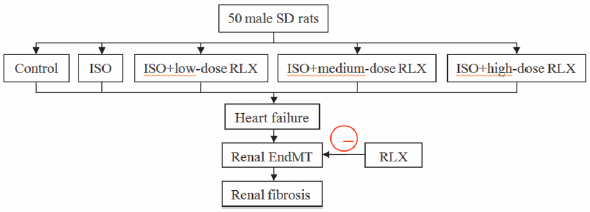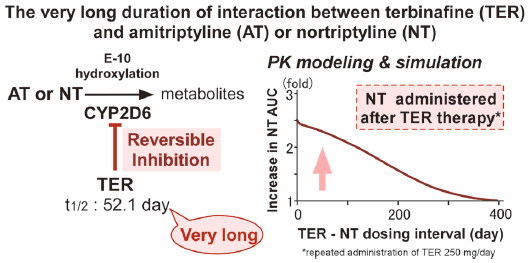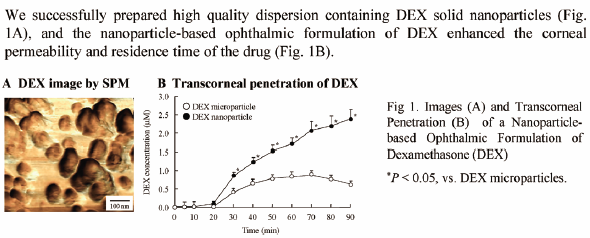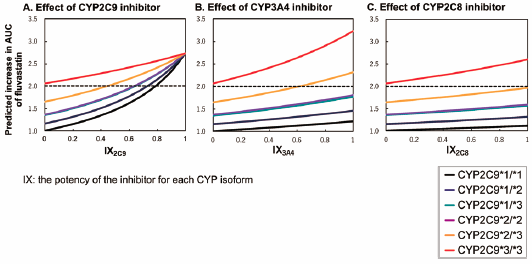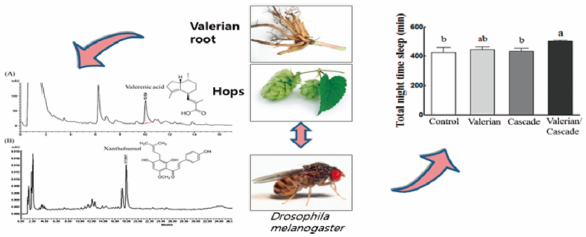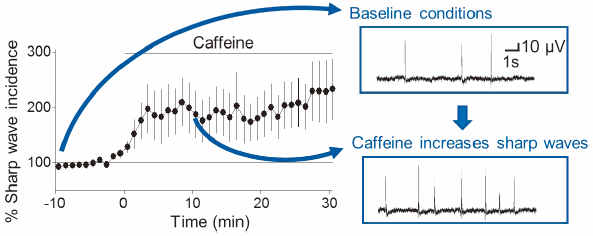40 巻, 7 号
選択された号の論文の24件中1~24を表示しています
- |<
- <
- 1
- >
- >|
Review
-
2017 年 40 巻 7 号 p. 947-953
発行日: 2017/07/01
公開日: 2017/07/01
PDF形式でダウンロード (844K) HTML形式で全画面表示
Regular Articles
-
2017 年 40 巻 7 号 p. 954-959
発行日: 2017/07/01
公開日: 2017/07/01
PDF形式でダウンロード (1765K) HTML形式で全画面表示 -
2017 年 40 巻 7 号 p. 960-966
発行日: 2017/07/01
公開日: 2017/07/01
PDF形式でダウンロード (7623K) HTML形式で全画面表示 -
2017 年 40 巻 7 号 p. 967-974
発行日: 2017/07/01
公開日: 2017/07/01
PDF形式でダウンロード (707K) HTML形式で全画面表示 -
2017 年 40 巻 7 号 p. 975-983
発行日: 2017/07/01
公開日: 2017/07/01
PDF形式でダウンロード (13575K) HTML形式で全画面表示 -
2017 年 40 巻 7 号 p. 984-991
発行日: 2017/07/01
公開日: 2017/07/01
[早期公開] 公開日: 2017/04/06PDF形式でダウンロード (969K) HTML形式で全画面表示 -
2017 年 40 巻 7 号 p. 992-1001
発行日: 2017/07/01
公開日: 2017/07/01
PDF形式でダウンロード (968K) HTML形式で全画面表示 -
2017 年 40 巻 7 号 p. 1002-1009
発行日: 2017/07/01
公開日: 2017/07/01
PDF形式でダウンロード (2024K) HTML形式で全画面表示 -
2017 年 40 巻 7 号 p. 1010-1020
発行日: 2017/07/01
公開日: 2017/07/01
PDF形式でダウンロード (1236K) HTML形式で全画面表示 -
2017 年 40 巻 7 号 p. 1021-1028
発行日: 2017/07/01
公開日: 2017/07/01
PDF形式でダウンロード (1411K) HTML形式で全画面表示 -
 2017 年 40 巻 7 号 p. 1029-1034
2017 年 40 巻 7 号 p. 1029-1034
発行日: 2017/07/01
公開日: 2017/07/01
[早期公開] 公開日: 2017/04/19Editor's pickThe composition of the adjuvant emulsions was 2.5% squalene, 6% detergents, 0.5% antioxidant – α-tocopherol or β-carotene and 91% water phase. Antioxidant effectivity was testing by determination of peroxide value. α-tocopherol acted as a prooxidant, β-carotene was an effective antioxidant. Effectiveness of rabies vaccine with squalene adjuvant was testing on mice. Adjuvanted vaccine with β-carotene was compared to vaccine without antioxidant and induced a slower but prolonged immunity response with protective levels of rabies antibodies (0.5 IU/mL).
PDF形式でダウンロード (412K) HTML形式で全画面表示 -
2017 年 40 巻 7 号 p. 1035-1042
発行日: 2017/07/01
公開日: 2017/07/01
PDF形式でダウンロード (14847K) HTML形式で全画面表示 -
2017 年 40 巻 7 号 p. 1043-1054
発行日: 2017/07/01
公開日: 2017/07/01
PDF形式でダウンロード (2978K) HTML形式で全画面表示 -
2017 年 40 巻 7 号 p. 1055-1062
発行日: 2017/07/01
公開日: 2017/07/01
PDF形式でダウンロード (1293K) HTML形式で全画面表示 -
2017 年 40 巻 7 号 p. 1063-1070
発行日: 2017/07/01
公開日: 2017/07/01
PDF形式でダウンロード (6344K) HTML形式で全画面表示 -
2017 年 40 巻 7 号 p. 1071-1077
発行日: 2017/07/01
公開日: 2017/07/01
PDF形式でダウンロード (3221K) HTML形式で全画面表示 -
2017 年 40 巻 7 号 p. 1078-1085
発行日: 2017/07/01
公開日: 2017/07/01
PDF形式でダウンロード (942K) HTML形式で全画面表示 -
2017 年 40 巻 7 号 p. 1086-1091
発行日: 2017/07/01
公開日: 2017/07/01
[早期公開] 公開日: 2017/04/18PDF形式でダウンロード (719K) HTML形式で全画面表示 -
2017 年 40 巻 7 号 p. 1092-1100
発行日: 2017/07/01
公開日: 2017/07/01
PDF形式でダウンロード (1379K) HTML形式で全画面表示 -
2017 年 40 巻 7 号 p. 1101-1110
発行日: 2017/07/01
公開日: 2017/07/01
PDF形式でダウンロード (1585K) HTML形式で全画面表示
Notes
-
2017 年 40 巻 7 号 p. 1111-1115
発行日: 2017/07/01
公開日: 2017/07/01
PDF形式でダウンロード (694K) HTML形式で全画面表示 -
2017 年 40 巻 7 号 p. 1116-1120
発行日: 2017/07/01
公開日: 2017/07/01
PDF形式でダウンロード (1103K) HTML形式で全画面表示 -
2017 年 40 巻 7 号 p. 1121-1124
発行日: 2017/07/01
公開日: 2017/07/01
PDF形式でダウンロード (4824K) HTML形式で全画面表示 -
2017 年 40 巻 7 号 p. 1125-1128
発行日: 2017/07/01
公開日: 2017/07/01
PDF形式でダウンロード (3167K) HTML形式で全画面表示
- |<
- <
- 1
- >
- >|



